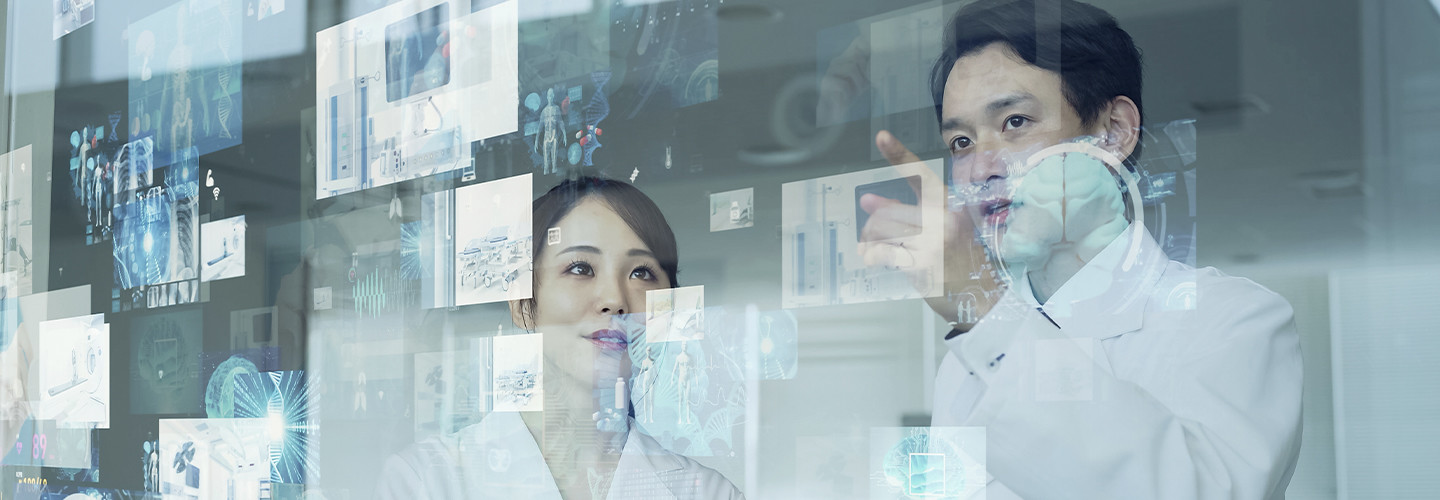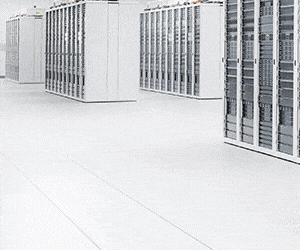The Difference Between AIOps and Observability
For many organizations, observability is the first step in making sense of what’s happening with software systems. “Observability means gaining insight into system performance based on the data you gather through logs, performance metrics and traces,” Sai says.
Lin notes the primary benefits of observability are lowering the cost of downtime and improving digital resilience. In simple terms, IT teams can find and fix problems faster.
AIOps takes that a step further by applying intelligence to data and recognizing patterns in that performance data. Is increased traffic to a single web server an attempt at a cyberattack or a surge in patients booking appointments for newly available vaccinations? Is a backup attempt at 1 a.m. the regularly scheduled weekly job or the work of an outsider using stolen credentials?
“No environment is isolated. There are relationships between web applications, websites and databases. You need to be able to see how logs and events coming to workloads are related,” Sai says. “It’s not just about whether it’s normal. If it’s not normal, you want to know the reason why. That’s where AIOps gets more assistive.”
DIVE DEEPER: AI needs to be part of healthcare’s data protection strategy.
Domain-Agnostic vs. Domain-Centric AIOps
The degree of assistance may depend on the flavor of AIOps an organization is using.
A domain-agnostic approach pulls data from various sources to solve problems across multiple domains of operations, such as networking, storage and security. These tools can provide a holistic view of overall performance, but they may not have the specificity needed to address a particular pain point, use case or industry need.
On the other hand, a domain-centric tool homes in on a specific domain — whether it’s an IT environment or a vertical industry. It doesn’t span the entire IT environment, but its AI models of detection and analysis have been trained on data sets specific to that domain.
“If you apply a domain-centric tool to a network to identify the cause of a bottleneck, the models have a specialized understanding of standard network protocols and patterns,” Sai says. “It knows the difference between a distributed denial-of-service attack and a misconfiguration.”
Regardless of the approach, Sai says, organizations need to ensure AI models are deployed responsibly. This involves several steps:
- Use robust data sets
- Use transparent models with a high fairness coefficient
- Ensure there’s a human in the loop to verify the model’s output
- Aim for a natural transition for IT teams as they begin using AIOps tools











